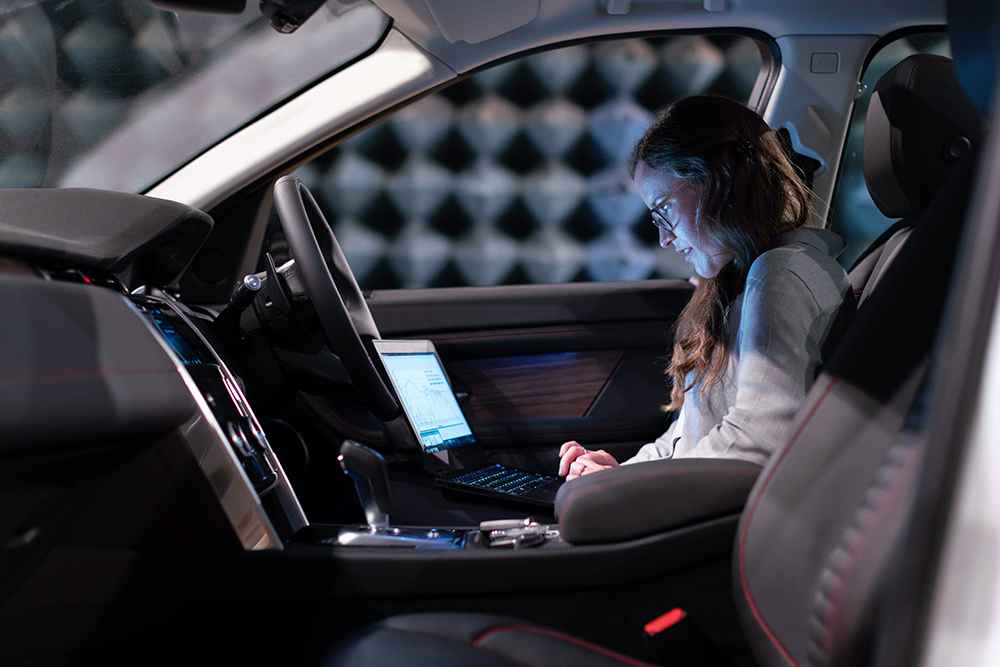According to a news story by University of Leeds, robot cars and other automated vehicles could be made more pedestrian-friendly thanks to new research which could help predict when people will cross the road. Leeds scientists say “that neuroscientific theories of how the brain makes decisions can be used in automated vehicle technology to improve safety and make them more human-friendly” (University of Leeds, 5 October 2021). “The researchers set out to determine whether a decision-making model called drift diffusion could predict when pedestrians would cross a road in front of approaching cars, and whether it could be used in scenarios where the car gives way to the pedestrian, either with or without explicit signals. This prediction capability will allow the autonomous vehicle to communicate more effectively with pedestrians, in terms of its movements in traffic and any external signals such as flashing lights, to maximise traffic flow and decrease uncertainty.” (University of Leeds, 5 October 2021) In fact, communication between automated vehicles and pedestrians or cyclists is the crucial problem to be solved in cities. Predictive models can be used, as well as communication options such as eye contact and natural language. For this to happen, however, the autonomous car would have to become a social robot.
BY OLIVER BENDEL
